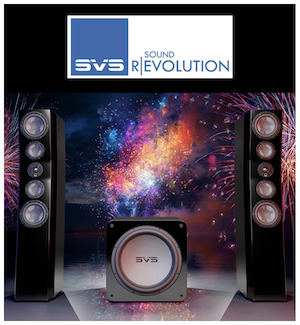I don't know if this is supposed to work, but using a UMIK-1 and Windows, within a single REW session, I start with Java WASAPI and take measurements that look good, then switch to ASIO4ALL and take measurements that look good, and then switch back to Java WASAPI and get corrupted measurements. Switching back to ASIO4ALL again looks good.
Do you shutdown ASIO4All and make sure it's really not running before switching to WASAPI EXCL?
Should ASIO4All keep blocking the soundcard or somehow access it randomly, the card will not be available to WASAPI EXCL calls or may misbehave, who knows, it's a black box with no sources or reasonably accessible logs.















